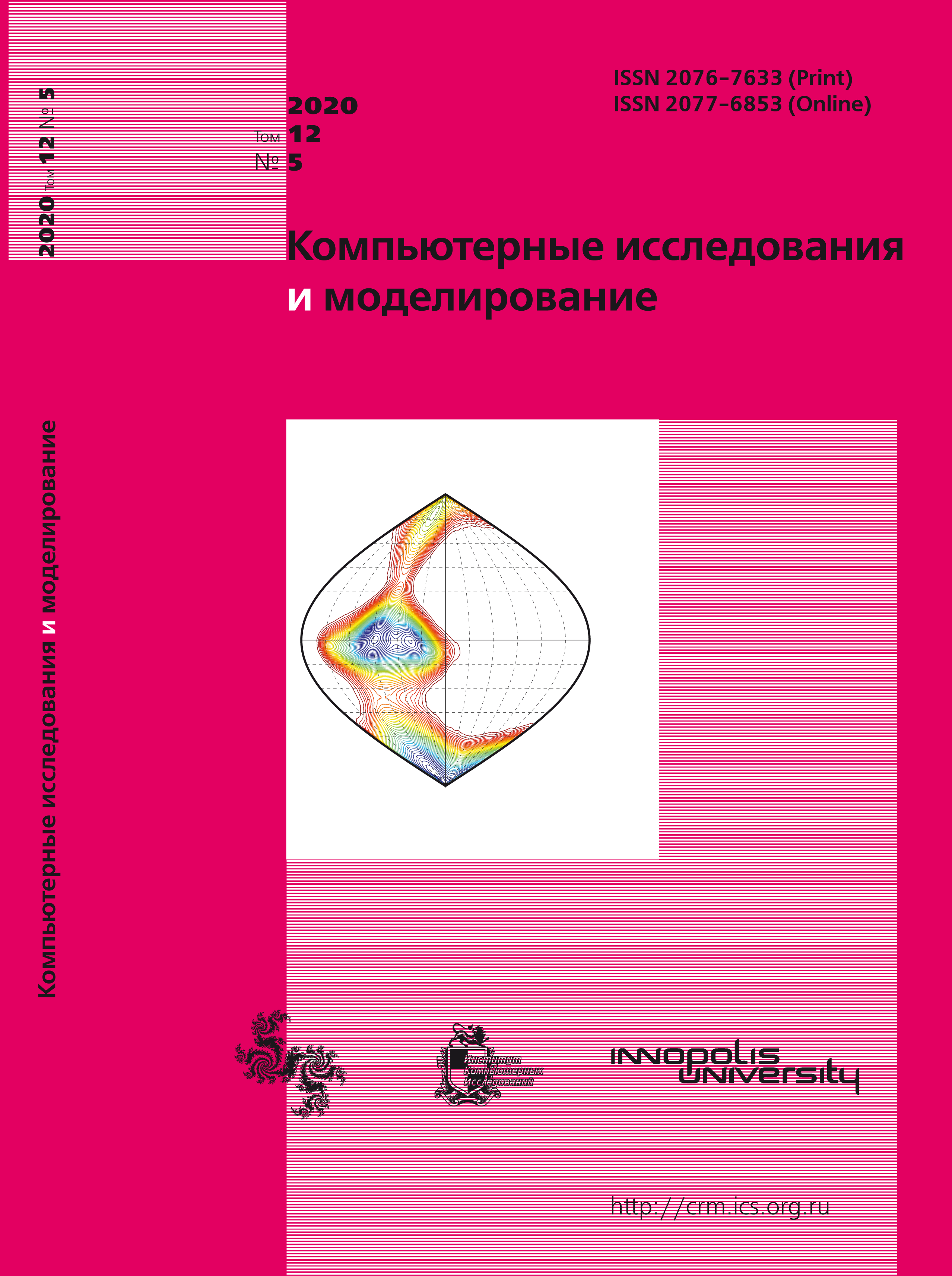All issues
- 2025 Vol. 17
- 2024 Vol. 16
- 2023 Vol. 15
- 2022 Vol. 14
- 2021 Vol. 13
- 2020 Vol. 12
- 2019 Vol. 11
- 2018 Vol. 10
- 2017 Vol. 9
- 2016 Vol. 8
- 2015 Vol. 7
- 2014 Vol. 6
- 2013 Vol. 5
- 2012 Vol. 4
- 2011 Vol. 3
- 2010 Vol. 2
- 2009 Vol. 1
Dynamics regimes of population with non-overlapping generations taking into account genetic and stage structures
 pdf (8833K)
pdf (8833K)
This paper studies a model of a population with non-overlapping generations and density-dependent regulation of birth rate. The population breeds seasonally, and its reproductive potential is determined genetically. The model proposed combines an ecological dynamic model of a limited population with non-overlapping generations and microevolutionary model of its genetic structure dynamics for the case when adaptive trait of birth rate controlled by a single diallelic autosomal locus with allelomorphs A and a. The study showed the genetic composition of the population, namely, will it be polymorphic or monomorphic, is mainly determined by the values of the reproductive potentials of heterozygote and homozygotes. Moreover, the average reproductive potential of mature individuals and intensity of self-regulation processes determine population dynamics. In particularly, increasing the average value of the reproductive potential leads to destabilization of the dynamics of age group sizes. The intensity of self-regulation processes determines the nature of emerging oscillations, since scenario of stability loss of fixed points depends on the values of this parameter. It is shown that patterns of occurrence and evolution of cyclic dynamics regimes are mainly determined by the features of life cycle of individuals in population. The life cycle leading to existence of non-overlapping generation gives isolated subpopulations in different years, which results in the possibility of independent microevolution of these subpopulations and, as a result, the complex dynamics emergence of both stage structure and genetic one. Fixing various adaptive mutations will gradually lead to genetic (and possibly morphological) differentiation and to differences in the average reproductive potentials of subpopulations that give different values of equilibrium subpopulation sizes. Further evolutionary growth of reproductive potentials of limited subpopulations leads to their number fluctuations which can differ in both amplitude and phase.
Indexed in Scopus
Full-text version of the journal is also available on the web site of the scientific electronic library eLIBRARY.RU
The journal is included in the Russian Science Citation Index
The journal is included in the RSCI
International Interdisciplinary Conference "Mathematics. Computing. Education"






